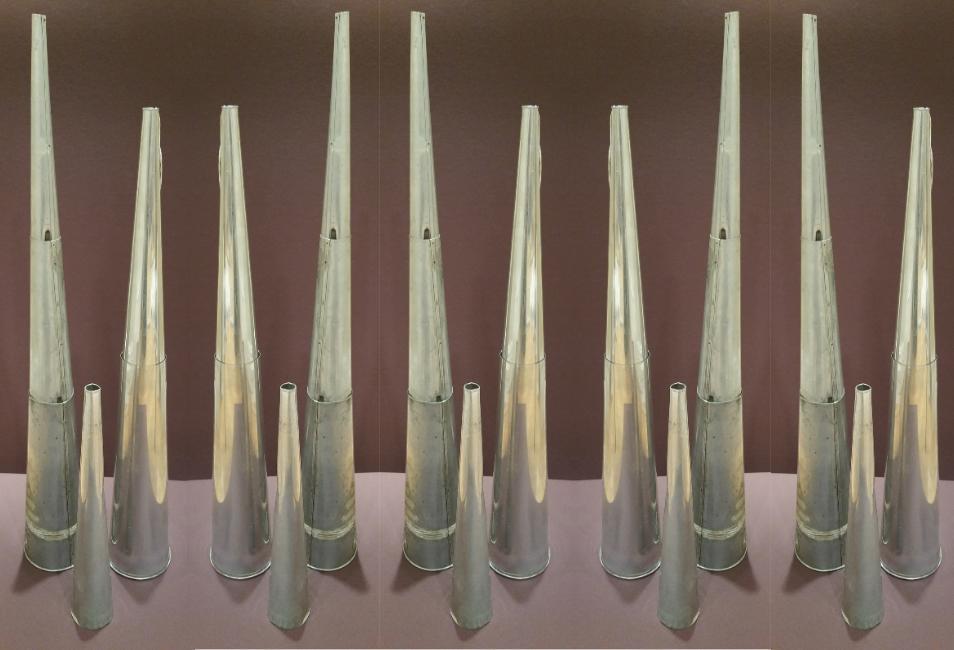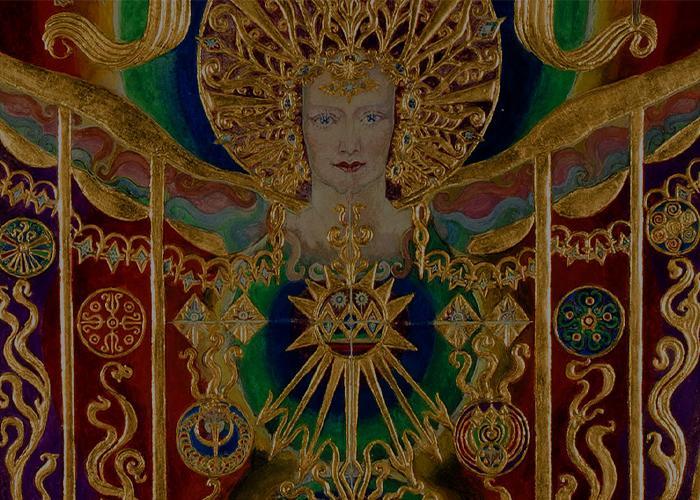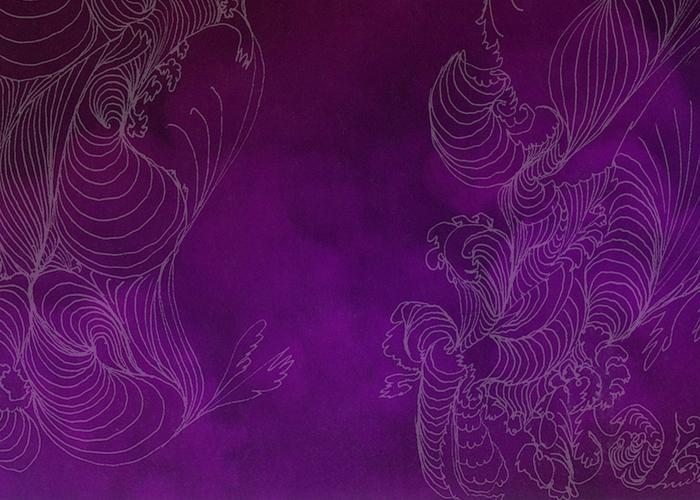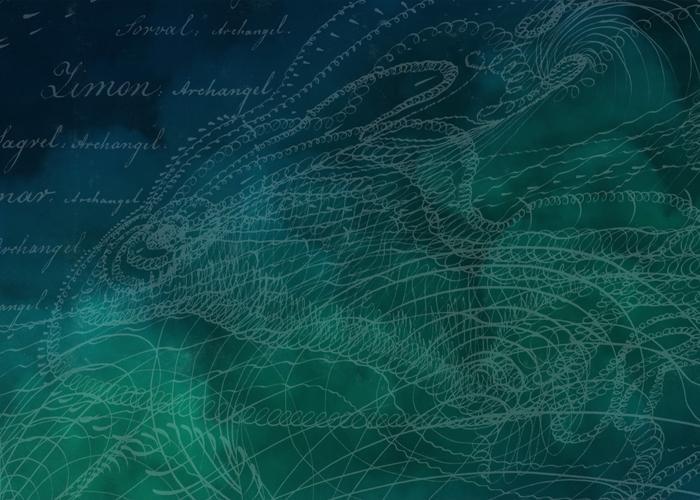Trance mediumship allows a spirit being to take control of the body, mind and energy of the medium, to a varying degree, for the purpose of communication, spoken or written. This happens while their consciousness steps aside. It is the deepest level of mediumship. College Tutor and trance medium Sarah Tyler-Walters reveals what trance mediumship is, who can do it and how to recognise when someone is in trance...
What are the levels of trance mediumship?
In mediumship, different layers of communication are required for different work. As a general rule, spirit communication starts at the mind level with mental mediumship. It then begins to deepen through channelled speaking, automatic writing and light and medium trance. Finally, the spirit being can completely enter the physical body of the medium. This is what is known as deep trance.
The different levels of trance mediumship – light, medium and deep – relate to the level of conscious awareness of the medium and the depth to which the spirit being has blended with them. The trance medium always has control over whether they enter into the trance state. It is a willing and loving working partnership between spirit and medium, built up through years of training and familiarity to form an absolute bond of trust.
Explore events with our trance mediumship tutor:
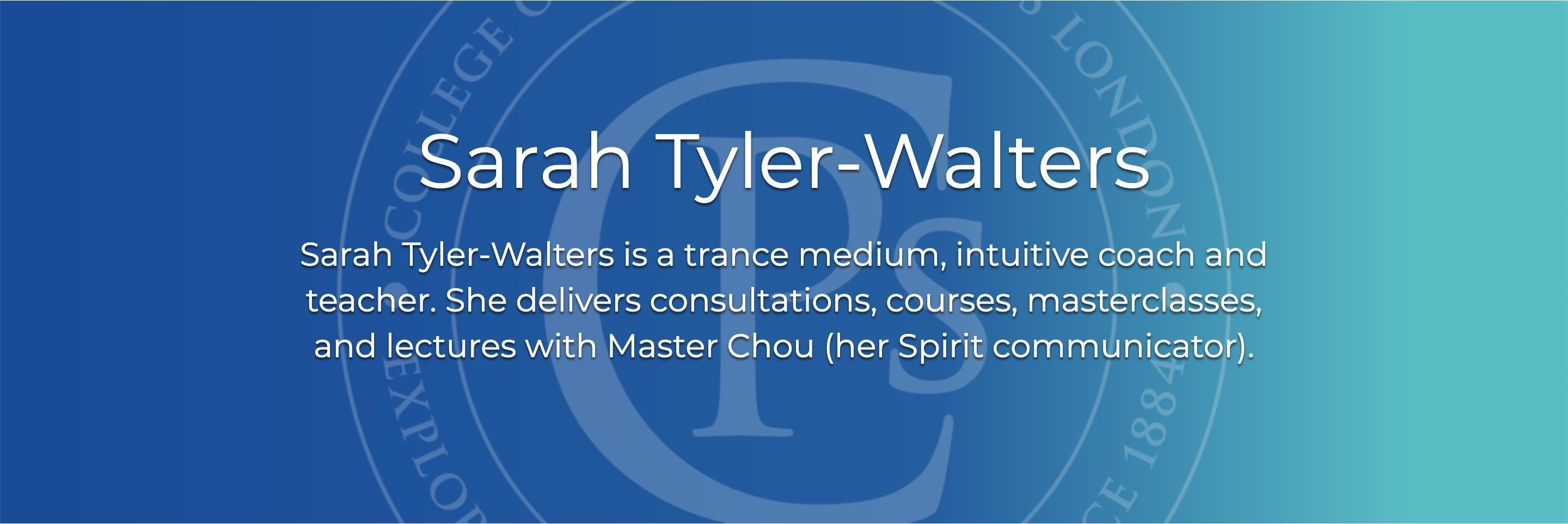
What is deep trance?
In a light trance, the medium is partially conscious and able to recall the words of their guide. Historically, many references are to deep trance. Deep trance is where the medium has completely stepped aside and is unconscious, unaware of what is going on. They will have no recall of events.
Due to the complicated issues surrounding deep trance, you see less of it today. When you do, it is often in what is called a physical circle. In this circle, tangible phenomena that are felt and seen by others, such as orbs of light, rapping noises and apports are produced by a medium in a deep trance state within a controlled environment.
How to enter a trance medium state
The trance medium will sit to prepare, entering into a state similar to meditation. In this state, there are physical changes to the medium's body. These manifest in signs such as a slowing of the heartbeat; slower, deeper breathing; altered brain patterns and a lowering of body temperature. There is also an altered awareness of sound, touch, space and conscious thought.
The medium will then allow their spirit communicator (guide) to blend their energies with them. They allow the spirit being to merge with their physical and subtle bodies, mind and soul.
How to know when it's trance mediumship
In a true trance mediumship state, the essence of the spirit communicator will be felt by those watching and listening. The spirit communicator will be able to impart not only their thoughts but also a sense of their personality.
Changes to the appearance of the trance medium may also occur; facial features can be seen to change as the facial muscles are altered by the communicator. Physical changes such as posture and hand movements can also be seen.
These changes are not to be confused with transfiguration, which is a form of physical mediumship popular in Victorian spiritualism and uses ectoplasm to create a mask. Ectoplasm is a viscous substance said to exude from the body of a medium for the material manifestation of spirit.
It is also common for changes to occur to the spoken voice, ranging from tone and depth of coice, dialect and accents to mannerisms and speech patterns.
The difference between channelling and trance mediumship
Channelling is lighter than trance mediumship but still deeper than mental mediumship. In channelling, the spirit being blends with the outer layers of the medium's aura only. They do not merge as deeply. Channelling also has levels – light, medium and deep – that as with trance mediumship, relate to the conscious awareness and the depth of blending.
Often with channelling, there is little or no change to the medium's appearance or voice. More contemporary mediums are now working at the channelling level. Channelling is the level most often used for automatic writing, where a degree of physical control is required to move the pen, but no other physical changes are needed.
The various degrees of control for both trance mediumship and channelling depend on the intent and conditions of communication as well as the ability of the medium.
History's greatest trance mediums
The UK has a rich heritage of trance mediumship. The greats such as Ivy Northage (who taught at The College of Psychic Studies), Ursula Roberts, Maurice Barbenell and Estelle Roberts had spirit communicators who are as famous, if not more so, than they are – Chan, Ramadahn, Silver Birch and Red Cloud.
The wisdom of these spirit beings is still being read today and so their legacy continues, alongside a new generation of trance mediums in the UK who as the world is changing and seeking guidance, are being called upon by spirit to act as messengers.
This article was published in the College journal, Light, in 2017
See what's on at The College of Psychic Studies:
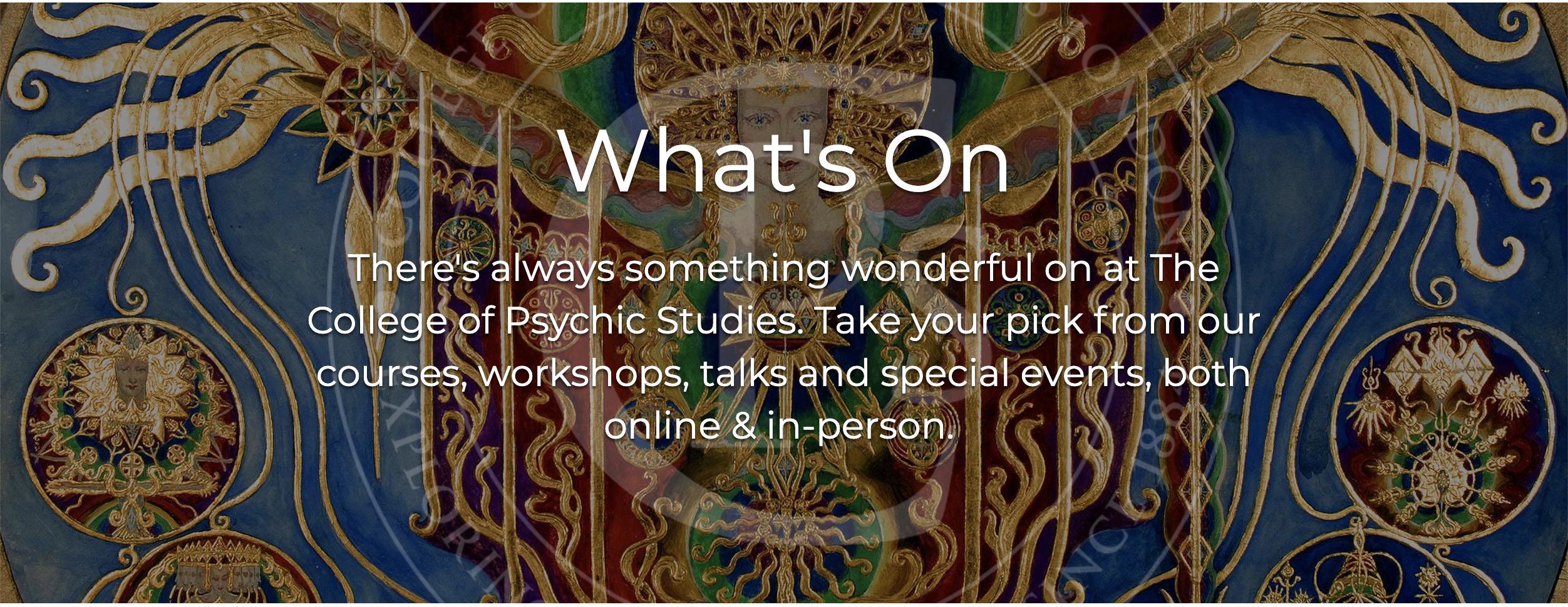
Join our newsletter for updates on our upcoming trance mediumship classes.


